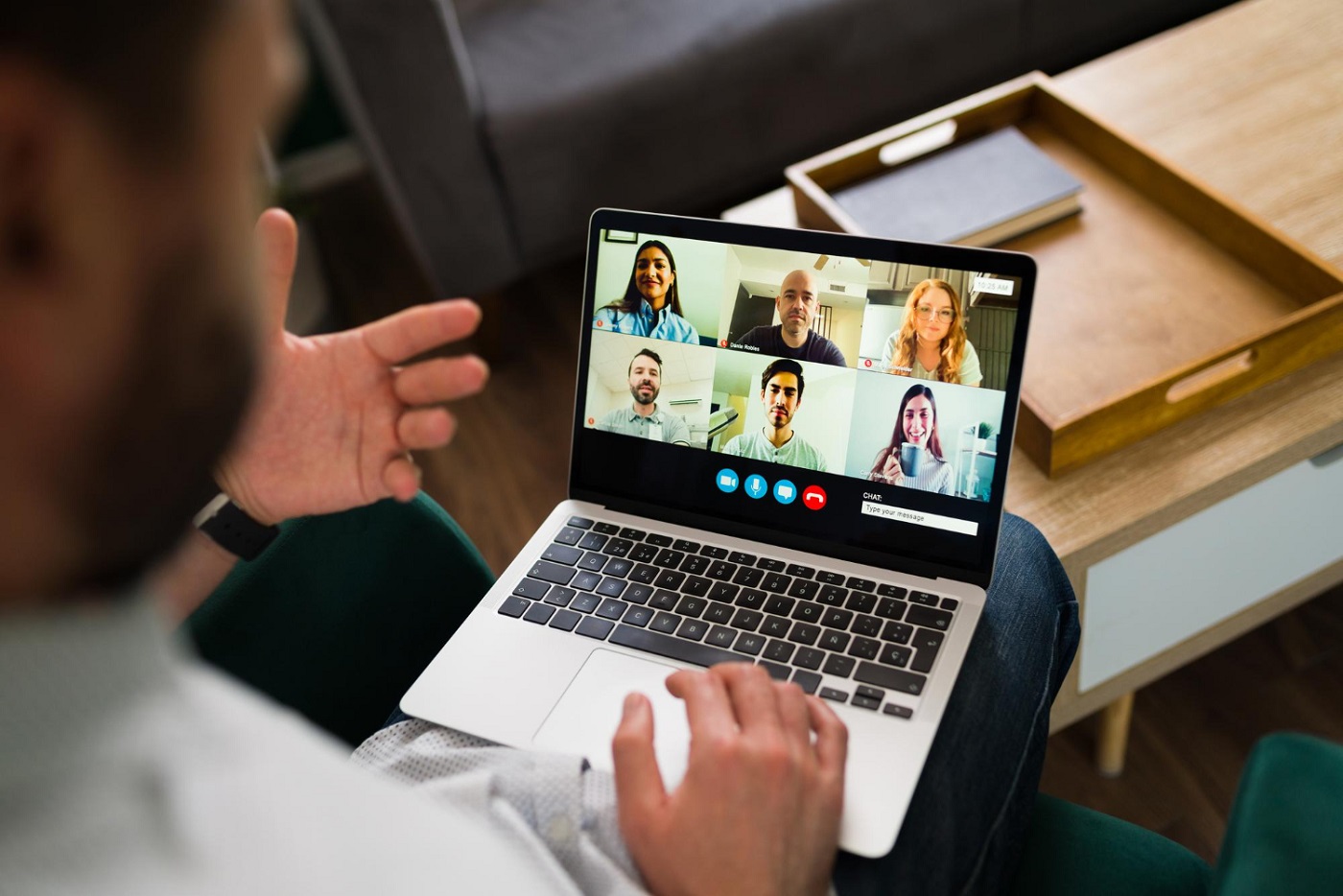Let's get the truth out there. Organizing webinars and virtual events are not as easy as it sounds.
Many backend and frontend efforts are involved, from choosing a topic to finalizing speakers, making the landing page, getting audience registration, etc.
Executing and promoting a virtual event relies on drawing in the right audience. With the right audience generation strategies and a focus on delivering exciting information and networking opportunities to the participants, a virtual event can be a raving success.
Yet, even the most thought-out plans can hit roadblocks from time to time. Unfortunately, marketers often commit several mistakes that can derail the smooth conduct of virtual events.
In this blog, we explore some of the common mistakes that marketers make while planning and executing webinars/virtual events.
-
1
Audience engagement
When organizing a webinar, the key to its success lies in fostering active audience engagement rather than just having participants passively listen to a presenter's monologue. To keep the event vibrant and meaningful, striking a balance between delivering the presentation and interacting with the audience is crucial.
It is crucial to allow time for a Q&A session after the presentation, as it gives attendees the opportunity to ask questions and seek clarification. Additionally, encouraging participants to share their feedback or key takeaways from the presentation, even if they don't have specific questions, further enhances the sense of connection and involvement. Online events are a tool to build thought leadership and positive brand-consumer relationships, which can be achieved through the active participation of audiences.
-
2
Networking opportunities
One of the gravest sins that marketers make while organizing an online event is that they do not facilitate the networking capabilities for those who are attending the event. The truth is that every professional wants to connect with their peers. However, very rarely do any webinar or virtual event allow participants to connect with one another.
-
3
Preparing participants for the event
Best virtual events are those that their attendees are well prepared by sharing the available web tools along with a list of virtual booths, speakers, topics, or other participants they can interact with. An instructional email or even a short video on how to participate in the event can work wonders to enhance participants' experiences and drive engagement.
-
4
Content
Content is the biggest driver of online events and is what keeps an isolated audience hooked to the end of the webinar. Unlike a physical events, virtual events lack warmth, collectiveness, and immersive engagement. Hence, you need your content and the delivery of it to keep the audience interested. Incorporate catchy graphics, videos, and graphs in your presentation. Get speakers to talk from their experience and share anecdotes to keep audiences engaged and allow time for interaction. Populate your presentation with industry humour that can keep the audience at ease while following the momentum of presentations.
-
5
Drip campaign strategy
One of the mistakes that marketers make while organizing a webinar is to ignore the drip campaign strategy. With so many virtual events being organized, B2B marketers must ensure to drip-feed relevant and timely information to the registered audience. Drip campaigns can also be kept going post-event to ensure the content value is maximized and participants are nurtured effectively into marketing-qualified leads.
Conclusion
Webinars are now a common sight in B2B marketing strategy. However, with evolving priorities and a stringent focus on generating demand and winning new customers, marketers must pay greater attention to detail while executing their webinar strategies. Right from pre-event promotion to event presentation and audience engagement, marketers must avoid some of the common mistakes that can derail the entire webinar experience.
Read Responses
No Comments
Leave a Reply
Your email address will not be published.

